NRAO Newsletter
Volume Vol#, Issue Iss#
Day# Month# Year#
NRAO Newsletter
Volume Vol#, Issue Iss# • Day# Month# Year#

Subscriber poll - answer this month's question...

The next generation Very Large Array prototype structure was just unveiled by partners at mtex antenna technology in Germany. What science/technology aspect of ngVLA are you excited to learn about?
This poll has closed.
Upcoming Events

Cycle 10 ALMA Events Data Processing Workshops
Sept - Oct, 2023 | Various Locations

ALMA Data Reduction Party: Data Combination
November 6-8, 2023 | Charlottesville, VA

Jansky Lecture Charlottesville
November 8, 2023 | Charlotesville, VA

Jansky Lecture Green Bank
November 9, 2023 | Green Bank, WV
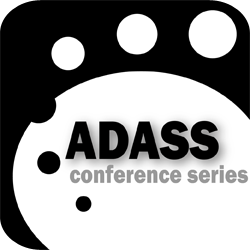
Astronomical Data Analysis Software and Systems XXXIII
November 4 - 9, 2023 | Tucson, Arizona

Jansky Lecture Socorro
November 17, 2023 | Socorro, NM

ALMA at 10 years: Past, Present, and Future
December 4 - 8, 2023 | Puerto Varas, Chile

NRAO at the New Orleans AAS
January 7 - 11, 2024 | New Orleans, LA
mtex ngVLA Event in Leipzig, Germany - September 2023
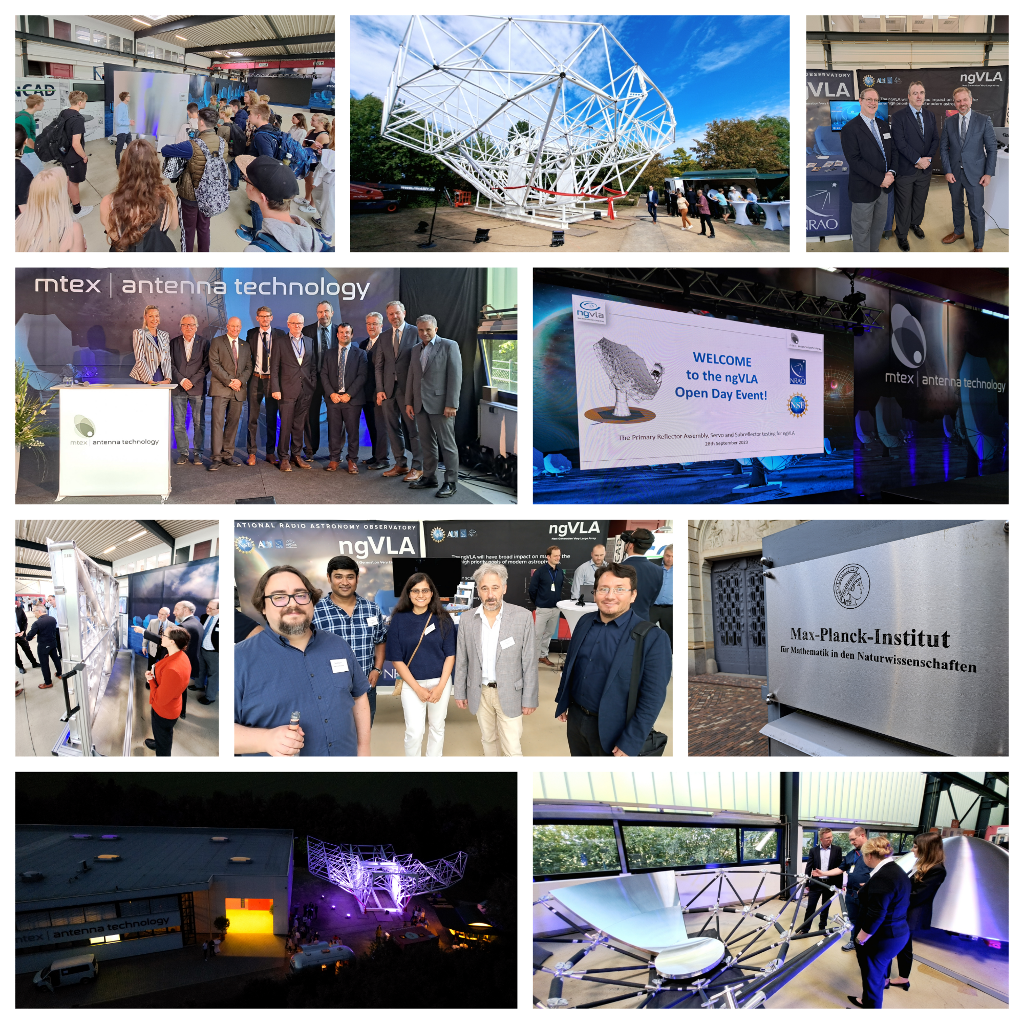
Brian Kent (NRAO/AUI/NSF), D3Fotowerk
[click to enlarge]
ngVLA Project News

Sophia Dagnello (NRAO/AUI/NSF)
NSF Awards ngVLA $21M in New Design Funding
Following the NSF formally entering the ngVLA project into the Major Research Equipment and Facilities Construction (MREFC) design process this past July, the NSF has now awarded the project a three-year, $7M per year, award to continue our design work on the path to a completed Preliminary Design Review. This award clearly demonstrates a strong commitment from the research community and the NSF to create astronomy's next great radio telescope array.
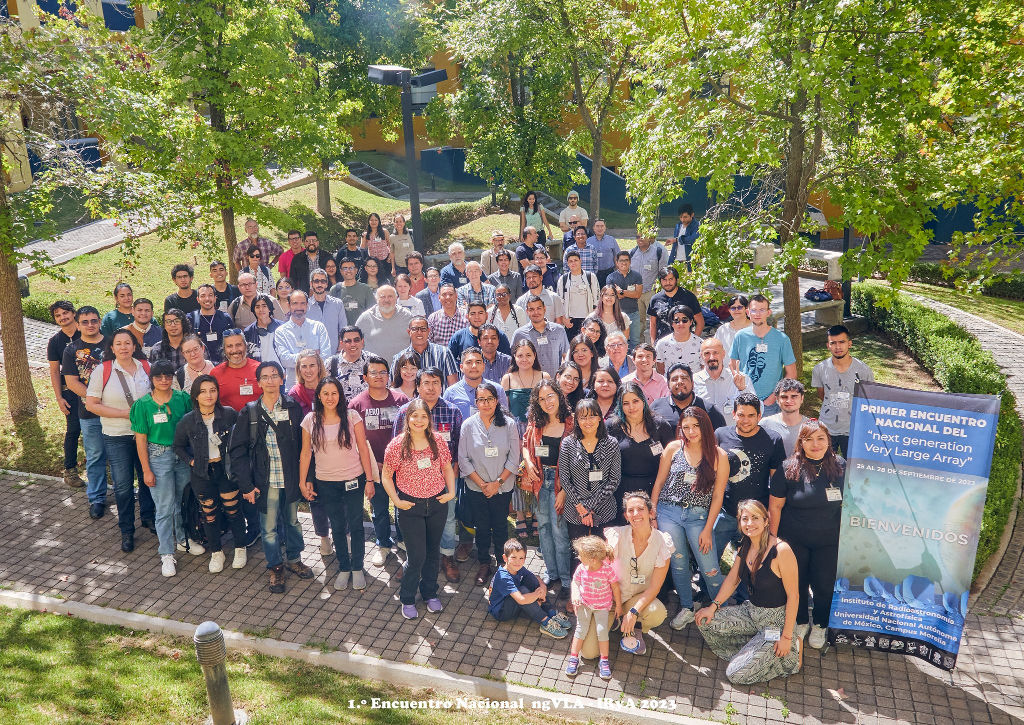
Eric Faustino Jimenez Andrade
[click to enlarge]
Conference Recap: First Mexican Meeting En Route to the Next Generation Very Large Array
To promote and drive the participation of Mexico in the ngVLA, the Institute of Radioastronomy and Astrophysics (IRyA-UNAM) welcomed the Mexican community to this kick-start conference. Held in Morelia, Mexico, September 25-27, the conference's presentations focused on design and performance aspects of the ngVLA, and the science it could enable. We thank our Mexican colleagues for organizing this event and its ~100 participants for sharing their ideas. Afterward IRyA-UNAM hosted NRAO Community Days, a two-day event especially designed for Mexican astronomers who do not regularly utilize radio data in their research.
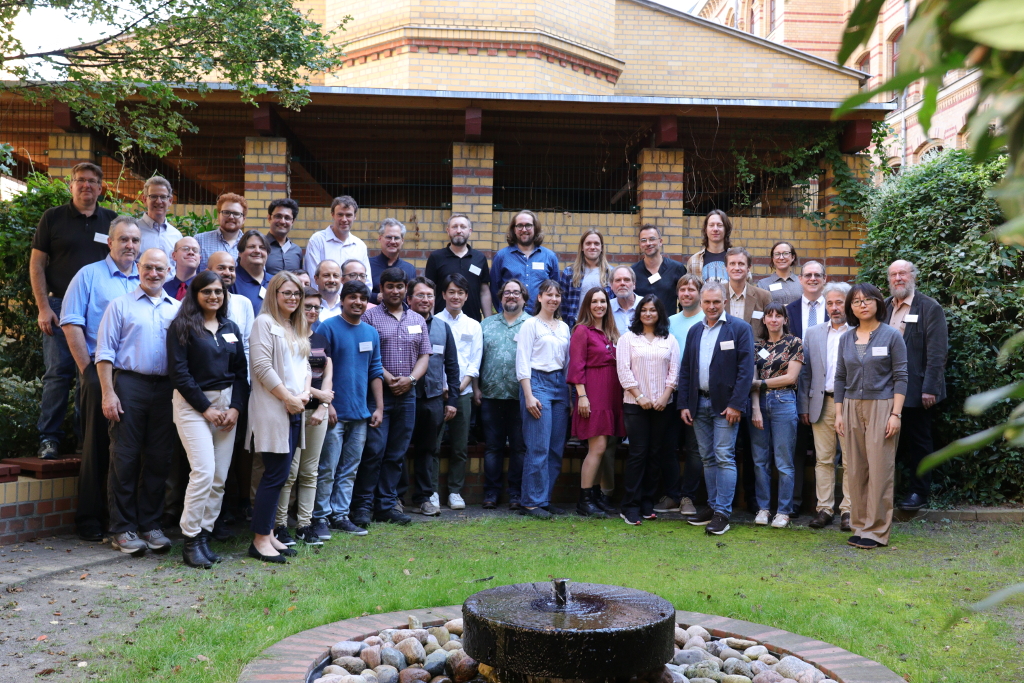
Eduardo Ros
[click to enlarge]
Conference Recap: Second Workshop on German Science Opportunities for the ngVLA
Following the first conference last December, a second conference was held on September 27-28 at the Max Planck Institute for Mathematics in the Sciences in Leipzig, Germany. The goal was to discuss the interests of the German community in ngVLA science and opportunities. We thank our German colleagues for organizing this event and its 50+ participants for sharing their ideas.
The conference was followed by an Open Day event organized by mtex antenna technology and NRAO. mtex antenna technology has been contracted to design, develop, and produce the 18m ngVLA prototype antenna. Open Day participants were briefed on the cutting edge technology of the prototype antenna and the overall status of the ngVLA project. Portions of the prototype antenna were then unveiled to an excited crowd of government and business leaders, scientists, engineers, and the press from Germany and the US.
ngVLA Science - Enriching Inner Hot Jupiters with Heavy Elements
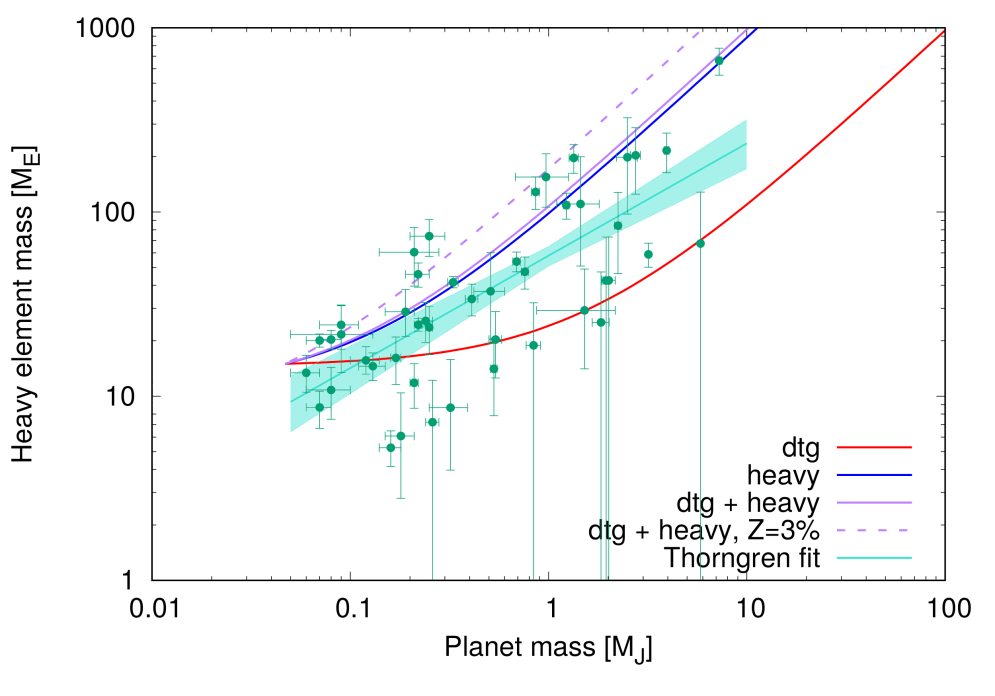
[click to enlarge]
Maximal heavy element mass as a function of planetary mass for models with enrichment by dust ("dtg") and/or vapor ("heavy"). Credit: Bitsch and Mah 2023
Observed hot Jupiters seem to host large heavy element contents (elements heavier than Helium), even larger than that of our own Jupiter in the solar system (Thorngren et al. 2016). There are several theories that try to explain these large heavy element contents, but enrichment of the inner disk via small dust grains and vapor, which can be accreted by the growing giant planet, seem most promising.
When these grains move interior to the water ice line - where water ice sublimates - they release their water as vapor in the disk. This leads to large enrichment of water vapor in the inner disk, allowing accreting giant planets to significantly increase their heavy element content by vapor accretion. As the grains lose their water ice mantle, their smaller silicate core still moves inwards roughly with the velocity of the gas. These small dust grains thus pile up and can lead to dust accretion onto giant planets, another way to increase their heavy element content. Both accretion mechanisms rely on large grains moving from the outer to inner disk. But a grain size difference interior and exterior to the water ice line would suggest the onset of dust accretion.
In Bitsch & Mah (2023), we show how these effects compete with each other in inner disks to enrich the atmospheres of giant planets with heavy elements. No current observatory can distinguish between these two mechanisms. But the ngVLA's unprecedented angular resolution at wavelengths of 0.3-1 cm will probe the inner disk regions, revealing if there is indeed a change in grain sizes near the water ice line. Such observations can help distinguish between these two theories for the origin of the heavy element content of hot Jupiters.
Since 2015 the acronym ngVLA has appeared in 1000+ publications indexed in the SAO/NASA Astrophysics Data System. This article continues a regular feature intended to showcase some of those publications. We are especially interested in showcasing work done by early-career researchers. The collection of showcase articles can be viewed online. Anyone wishing to volunteer to author a feature should contact Joan Wrobel.
ALMA Program News

ALMA antennas are slowly returning to more compact arrays until Cycle 11
ALMA Observing Status
ALMA is observing in its current C-8 configuration (baselines 110-8500 m; 100GHz beam .096") after commencing Cycle 10 on 30 September. Weather has been good. By late in October ALMA will have moved to the C-7 configuration for the remainder of the month.
Cycle 11 ALMA Ambassador Applications
Applications for the 2024 / Cycle 11 ALMA Ambassadors program are now open. Graduate students, postdocs, and early career researchers are eligible to participate in leading ALMA proposal preparation and data processing training events for the North American community. See the ALMA Ambassadors page for application details. Completed applications are due no later than October 13, 2023, 5 p.m. Eastern Time.
ALMA Ambassador Data Processing Workshops
The ALMA data processing workshops led by the Cycle 10 ALMA Ambassadors continue this month, with three more workshops left. The goal of these events is to train users on basic data processing and analysis techniques that they may need to use ALMA for scientific discovery. Information on the locations and dates for these workshops is available on the NAASC Community Events webpage and in the table below. Early registration is encouraged to facilitate tailoring the workshops to the interests of the attendees.
| Ambassador | Workshop Location | Date |
|---|---|---|
| Dylan Paré | Villanova University | October 16, 2023 |
| Johnathan Stauffer | National Solar Observatory (Focused on ALMA data processing for Solar observations.) |
October 19-20, 2023 |
| Marion Villenave | Jet Propulsion Lab | October 23-24, 2023 |
Observatory Projects for Configurations 8 and 9
The ALMA Observatory announced five filler programs that have been approved for the main array. The programs are designed to fill the gaps in the 12-m Array observing schedule at low frequencies in Configurations 8 and 9, based on input from scientists at the Joint ALMA Observatory (JAO) and the ALMA Regional Centers (ARCs). The proposed programs were reviewed by the Observatory Scientist and the Department of Science Operations head, and approved by the ALMA Director.
Release of Band-to-Band High-Frequency Long-Baseline ALMA Test Data Taken in 2021: ALMA Band 10 beam .005" achieved
ALMA released data acquired as part of the Extension and Optimization of Capabilities effort (EOC). These data were taken as part of the High-Frequency Long-Baseline Campaign (HF-LBC-2021) during Cycle 7, which was organized to test the calibration and imaging capability of ALMA at high-frequencies (397 - 908 GHz, Band 8-10) and using long baselines (~16 km).
One main priority was to make a final validation of the band-to-band (B2B) phase referencing observation mode in Bands 8, 9, and 10. This technique allows the calibration of high-frequency observations by using a phase calibrator observed at a lower frequency, e.g. pairing Band 10 target observations with a Band 7 phase calibrator.
The campaign conducted validation tests observing a complex structure (non-point-source) target source, R Lep, a carbon-rich evolved star, in Bands 8, 9, and 10. Details of the campaign are given by Maud et. al. (2023; Aug ApJ accepted). The successful campaign helped lead to the opening of Bands 8-10 long-baseline observations during Cycle 9. ALMA 896 GHz (Band 10) continuum and spectral line observations of the carbon-rich evolved star R Lep with a 5 milliarcsecond beam were demonstrated.
ALMA Cycle 10 Call for Proposals status
Cycle 10 Principal Investigators were informed of the status of their Cycle 10 Observing Proposals during the third week of August. ALMA proposals are selected by competitive peer review through either the distributed peer review process or the ALMA Proposal Review Committee (APRC). A detailed report is available.
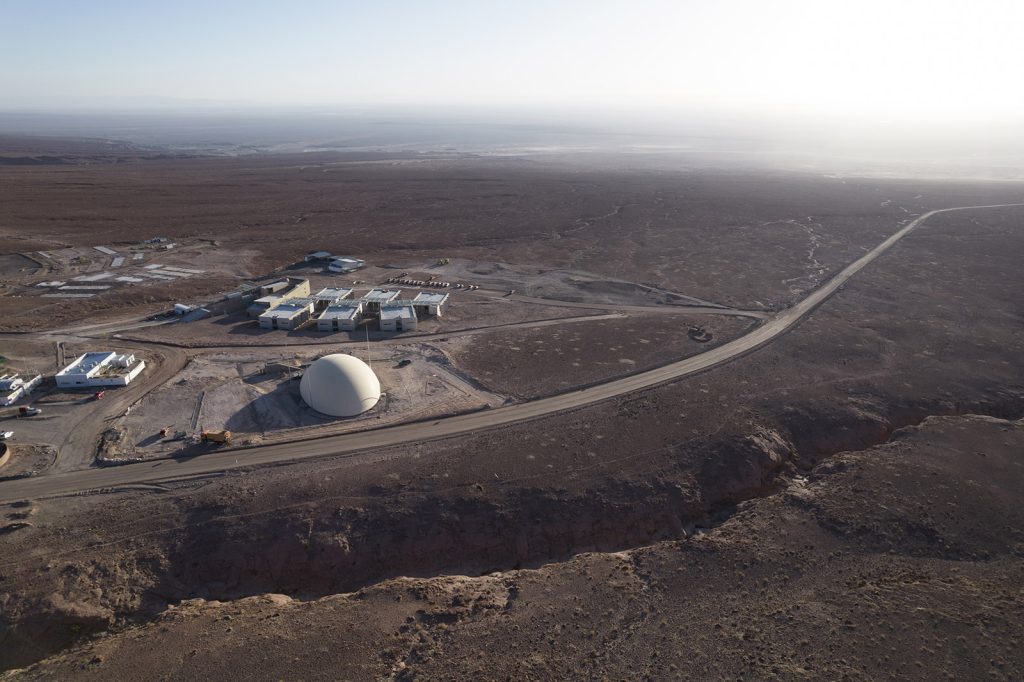
Cristobal Correa Montalva
Multicancha featured in Architectural Review
The new ALMA Multicancha Sports Hall has been featured in Architectural Review. The new sports hall facility supports two hundred employees who work at the ALMA facility.
NRAO Ambassadors Program

Image by Jeff Hellerman, NRAO/AUI/NSF.
The National Radio Astronomy Observatory (NRAO) is soliciting interest for an NRAO Ambassadors Program. This program will provide training and compensation to postdoctoral researchers, senior graduate students, and early career researchers interested in expanding their knowledge of connected radio interferometry and very long baseline interferometry (VLBI) as well as the capabilities offered by the Karl G. Jansky Very Large Array (VLA) and the Very Long Baseline Array (VLBA). NRAO Ambassadors support the community by organizing and hosting workshops that cover one, or any combination, of the following topics:
- Proposal preparation prior to NRAO proposal deadlines
- Observation preparation prior to the start of NRAO observing semesters, and/or
- Data processing and analysis.
While the events will focus on VLA/VLBA proposal preparation, observation preparation, and/or data processing and analysis, participants will also have the opportunity to work with data from the VLA Sky Survey (VLASS) and to learn about the status and upcoming plans for the Next Generation Very Large Array (ngVLA).
NRAO will provide travel support for the training as well as all talk materials, supplies, and infrastructure support for the workshops hosted by the NRAO Ambassadors. Training and compensation for hosting a VLA/VLBA event will also be offered commensurate to the ALMA Ambassadors. While some connected radio/centimeter interferometry and VLBI experience is preferred, it is not formally required.
NRAO will host the selected Ambassadors at its headquarters in Charlottesville, VA, or at the Domenici Science and Operations Center in Socorro, NM, to receive in-depth training. Participants will receive training on topics listed above and may include, but not limited to, VLA/VLBA proposal preparation (radio interferometry basics, VLA/VLBA science capabilities, use of the Proposal Submission Tool), VLA/VLBA observing preparation (use of the Observation Preparation Tool and SCHED), and VLA/VLBA data processing and analysis with CASA as well as data visualization using CARTA. Ambassadors will have access to recent NRAO and ngVLA highlights and guidance for speaking on these topics. The training also includes a poster session where Ambassadors will showcase their own science to their fellow ambassadors and the local astronomical community, including NRAO staff.
Proposal preparation, observation preparation, and/or data analysis and processing workshops may be held at the Ambassador's home institute, an alternate location, or virtually. In addition, NRAO Ambassadors will make themselves available to help their local community between the call for proposals and the deadline, and support other NRAO activities.
We particularly encourage applications from those interested in the data processing and analysis workshops, or in targeting specific scientific communities (e.g., time domain and/or multimessenger astrophysics).
To apply for this opportunity, please fill out the following NRAO Ambassador Google Form no later than Friday, 17 November, 2023. For more information and questions about this opportunity, please contact Anthony Remijan.
CARTA v4 Release
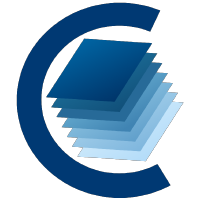
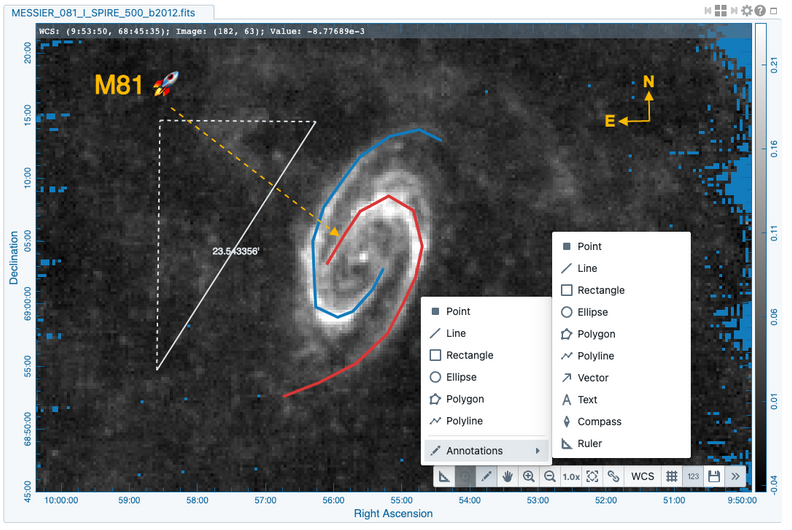
[click to enlarge]
CARTA Team
As part of the full support for publication quality image export, image annotation has been implemented in v4-stable. One can create various kinds of annotations to decorate images.
A new CARTA version (v4) is now available for download. CARTA (Cube Analysis and Rendering Tool for Astronomy) is a modern, high performance astronomical image viewer developed by ASIAA, IDIA, NRAO, and the University of Alberta. In addition to bug fixes, many new features and improvements are implemented in version 4. This includes interactive position-velocity previews, enhanced image fitting capabilities, image annotation, visualization of transposed cubes, and a first implementation of workspace saving and sharing. Release notes and a more detailed description of the feature highlights are available.
CARTA is now the standard image visualizer for NRAO; the CASAviewer is no longer maintained. The ALMA and NRAO data archives also use CARTA as a viewing tool for available image products.
More documentation, downloads, tutorials, and a link to the CARTA helpdesk are available.
Volunteers Needed to Serve on VLA, GBT, & VLBA Science Review Panels

Image by Brian Kent, NRAO/AUI/NSF.
Members of NRAO's Science Review Panels (SRP) play a very important role in identifying the Science Programs for these world-leading radio telescopes. Being a reviewer could help you to:
- Learn what science other astronomers are interested in;
- Get a sense of what makes the most compelling proposals;
- Build your group of professional contacts and potential collaborators;
- Understand the review process for a major observatory. If you are interested, please apply to be a volunteer SRP member!
Cycle 12 Call for Proposals: LWA Radio Observatory
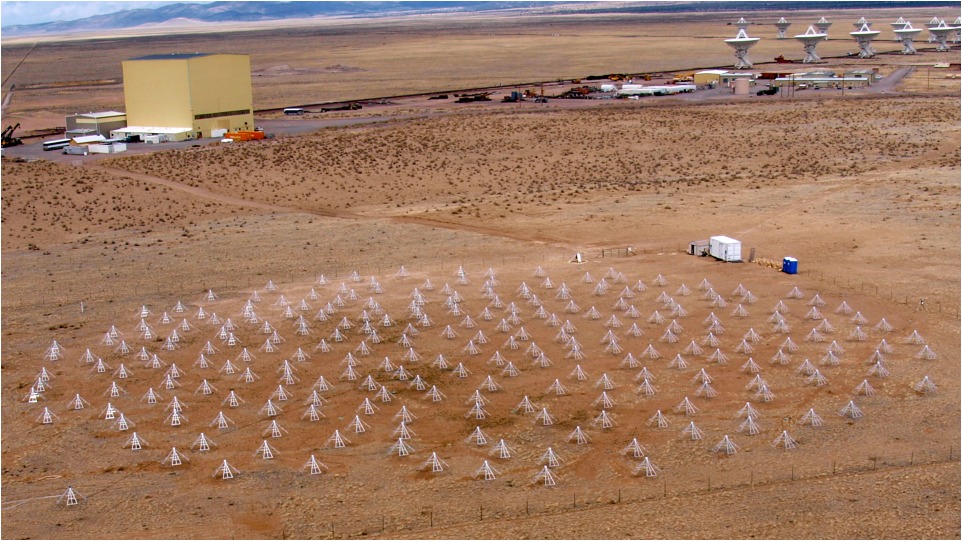
LWA/UNM
We invite applications for observing time with the LWA Radio Observatory. The complete call for proposals is available. At this time proposers can request observations with LWA-SV only. Note that LWA1 and LWA-NA will not be available for Cycle 12 due to upgrade and commissioning activities.
LWA-SV offers up to two beams with 2 tunings of 20 MHz each. The two tunings are dependent between the beams, and thus need to be at the same frequency. In addition, two all-dipole modes are available; a transient buffer narrow (TBN) and a transient buffer frequency domain (TBF).
The deadline for application is 11:59pm MDT on November 1, 2023 and covers observations expected to occur in the 2024 calendar year. The complete call for proposals including the required and updated cover page can be found on the LWA webpage. Support for operations and continuing development of the LWA is provided by the Air Force Research Laboratory. We invite proposals from all communities wishing to use this instrument.
More information about the capabilities of the LWA1 can be found on the LWA web pages. For questions regarding this call for proposals, please email.
VLA Membership Program
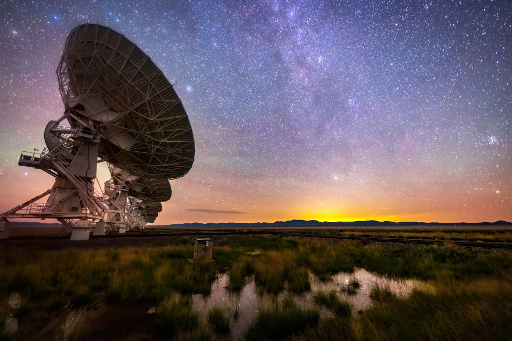
Bettymaya Foott, NRAO/AUI/NSF
We have launched our first-ever VLA Membership program, and you are invited to join! Help us build the Next Generation Learning Center (ngLC) and contribute to student participation in STEM education programs. Become a founding member today.
Recent Science Media Releases
|
Largest Telescope Array in North America Under Development by NRAO With Support from UNM |
|
|
How Radio Astronomy Sees Magnetic Fields |
|
|
Unraveling the Universe with Data |
|
|
Contact the NRAO press office to share your new and exciting science results. |
From the Archives
Ellen Bouton

[click to enlarge]
About this month's photo: The Bracewell Radio Sundial at the VLA incorporates concrete piers that originally held antennas for Bracewell's 32 Dish Microwave Spectroheliograph at Stanford University. Over almost 20 years in the 1960s and 1970s, ~250 of Bracewell's visitors chiseled their "signatures" on the piers, including Nobel Prize recipients, directors of both radio and optical observatories, and many of the early pioneers of radio astronomy. Bracewell's interferometer was abandoned in 1980. In 2012, ten of the concrete piers were transported to the VLA to become part of the sundial designed by Woody Sullivan of the University of Washington. Left to right in this photo, taken at "first shadow" in September 2013: Woody Sullivan (sundial designer), Guy Stanzione (project engineer), Miller Goss (project lead), Bob Lash (Friends of the Bracewell Observatory), and Judy Stanley (project coordinator). A 10 year sundial anniversary celebration was held on 25 September 2023.
From the Archives is an ongoing series illustrating NRAO and U.S. radio astronomy history via images selected from our collections of individuals' and institutional papers. If readers have images they believe would be of interest to the Archives, please contact Ellen Bouton.

